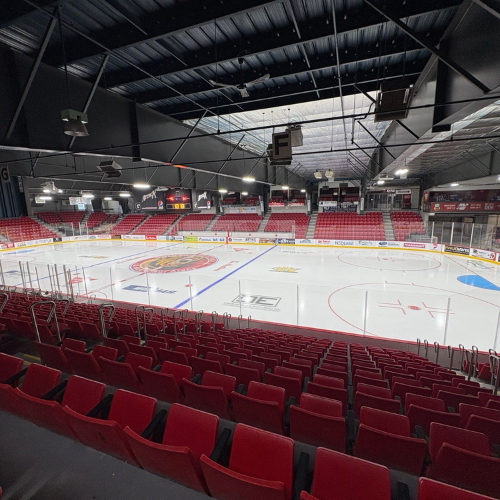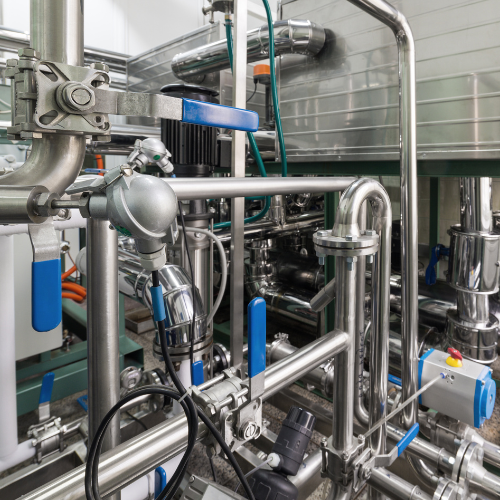While transitioning away from synthetic refrigerants is a big ticket to reducing carbon footprint, our HVAC&R expert, Jonathan Berney addresses some additional ways that rinks should consider to make a difference. Whether you’re a rink owner, a facility manager or a sustainability champion these simple actions can lead to energy efficient facilities, that can save money on operating costs.
While we see climate change playing out across North America with extreme weather events like wildfires and hurricanes, it’s also affecting our daily lives and hobbies we love, including outdoor winter activities like skating and hockey.
The good news is that ice rinks can make a difference. For instance, many in the industry are transitioning away from synthetic refrigerants with high Global Warming Potential (GWP) in favour of climate-friendly natural refrigerants with a low-to-zero GWP such as CO2 and Ammonia. But there are other ways to help in the fight against climate change: ice rinks should consider minimizing their carbon footprint by being more energy efficient, which has the added benefit of saving money on operating costs.
Whether you’re a rink owner, a facility manager or a sustainability champion, here are five ways to minimize your ice rink’s carbon footprint.
- Switch to LED lighting
Because LED bulbs use up to 90 percent less power than incandescent bulbs, installing them in your facility means a dramatic decrease in costs. Your maintenance and repair bills will also be lower because LEDs last a lot longer. The pros are already doing it: the NHL’s 2018 sustainability report the organization pledged to move to energy-efficient lighting.
- Maintain optimum ice thickness
The thicker the ice, the harder it is for your rink’s refrigeration system to maintain a desired ice surface temperature, which means if you leave your ice and let it build up, you’re likely using more energy to keep the ice quality high. As a reference, most rink facilities maintain their ice thickness at between 1 1/4” to 1 1/2”, which is the accepted industry standard.
- Don’t waste your waste heat
Your rink's ice plant gives off heat, so why not use it? Rather than letting the heat escape into the atmosphere, install a heat-recovery system to harness that waste heat and redirect it to the hot water system. The result: you offset the natural gas used to heat the water.
- Keep humidity in check
Your facility’s temperature can greatly impact ice quality and refrigeration system run time, with humidity being the biggest culprit behind an unpleasant skating surface. You should aim for optimal humidity, which ranges from 50-55 percent. If you don’t have dehumidification system, consider getting one to help keep humidity under control, save energy and keep ice quality killer.
- Use floating head pressure controls
Whether your facility is seasonal or year-round, your refrigeration system is designed to provide good cooling performance at the hottest design condition. To make sure you are not needlessly burning horsepower (and money) due to changing outdoor ambient conditions, use of a floating head pressure control system is key. The floating head pressure controller also needs to be able to compensate for when waste heat is being recovered. Natural refrigerant systems offer excellent heat recovery and can provide enough free heat to make it worthwhile to keep that head pressure elevated when there is a demand for heating in the building.

Jonathan Berney P.Eng - Business Development Manager for Ontario
With more than 16 years of refrigeration experience in cold storage, food & beverage and recreational markets, Jonathan has broad exposure to natural refrigeration and new technologies and is involved in all aspects of refrigeration projects from initial design concept to project execution and install.
e: jberney@toromont.com
Related Posts

Bayshore Community Center

Comparison of Key Refrigeration System Components: Making the Right Choice for Your Operation

Decarbonization Trends Shaping Industries
|
|

.png?sfvrsn=9c5bc222_0)

